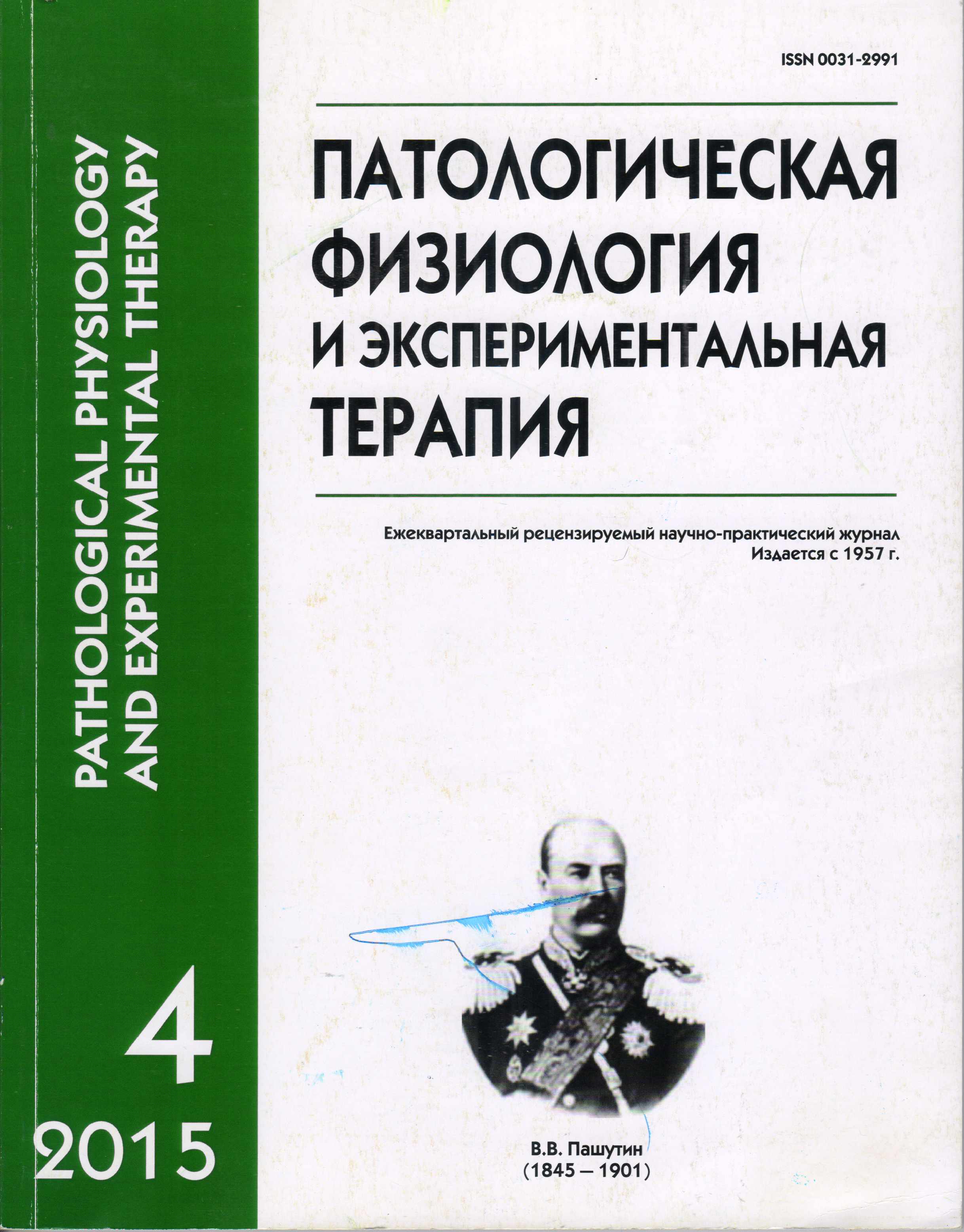Age-related changes of the brain
Abstract
The first morphological signs of aging of the brain are found in the white matter already at a young age (20-40 years), and later (40-50 years) in a gray matter. After the 40-50 years appear and in subsequently are becoming more pronounced functional manifestations of morphological changes: the weakening of sensory-motor and cognitive abilities. While in principle this dynamic of age-related changes is inevitable, the rate of their development to a large extent determined by the genetic characteristics and lifestyle of the individual. According to modern concepts age-related changes in the number of nerve cells are different in different parts of the brain. However, these changes are not large and are not the main cause of senile decline brain. The main processes that contribute to the degradation of the brain develop as in the bodies of neurons and in neuropil. In the bodies of neurons – it is a damage (usually decrease) of the level of expression of many genes, and especially of the genes determining cell communication. In neuropil: reduction in the number of synapses and the strength of synaptic connections, reduction in the number of dendritic spines and axonal buttons, reduction in the number and thickness of the dendritic branches, demyelination of axons. As the result of these events, it becomes a violation of the rate of formation and rebuilding neuronal circuits. It is deplete associative ability, brain plasticity, and memory.






